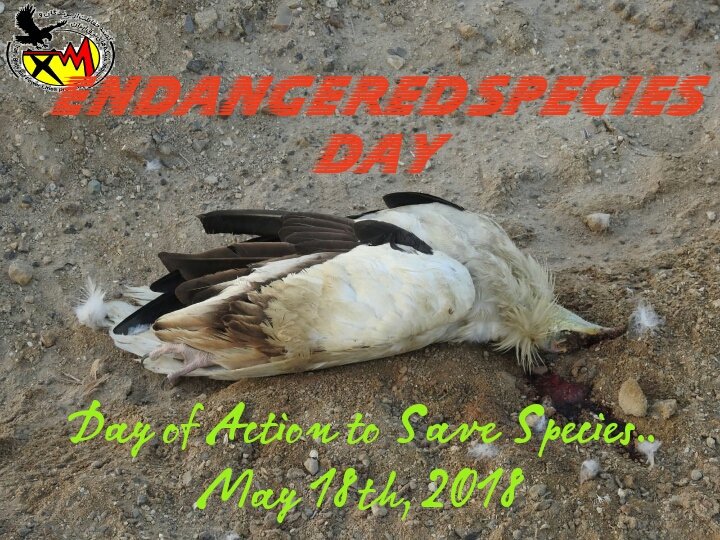by Mike McGrady and Bernd Meyburg
It's been almost a month and a half since the last blog. Part of the reason for this is that the vultures have mostly been doing what they have been doing since their capture (No news is good news!). Most have moved around rather restricted areas...most of the time. These areas are most likely their territories, though the vultures have not yet started nesting.
Obviously, territories are needed for breeding, and require a good nesting site. For Egyptian vultures a good nesting site is a hole or crevice in a cliff that provides shade for most or all of the day. In much of Oman, especially the Hajar Mountains, there is an abundance of good nesting sites, and therefore many potential territories. Although a nesting site is important, so is access to sufficient food for survival, and to fuel any breeding effort.
Vultures are adapted to take advantage of food that is normally relatively sparse and widely distributed, and will forage over huge areas. In modern times, as humans have become more settled, rubbish dumps have sprung up around villages, towns and cities, and these are places where vultures can regularly find food; the foraging behaviour of vultures reflects the spatial pattern of food availability.
As a result of the desire to hold a territory and have a nest site in order to breed, and the need to be well-fed to survive and breed successfully, some of the vultures have become 'commuters' between their territories and the rubbish dumps at which they feed. In the example below, the locations are from a vulture with a tag ID of 171328, and have been collected during 31 October - 12 December 2018. This bird spends most of its time on what appears to be a territory just south of Quriyat, but makes regular trips to the Al Hamar rubbish dump, just north of Ibra and about 65 km away to the SW, and the occasional trip to the Muscat municipal landfill near Al Hajar (about 50 km away to the WNW).
Presumably, this bird would have made fewer trips to Ibra, when the Quriyat rubbish dump was in operation, but it has been closed for some time now. The closure of Quriyat may not have had any measurable negative effect on 171328 or other vultures with territories nearby because vultures are well-adapted to cover even very large distances to find food.
During the last month it seems that this bird also spent a good amount of time in Wadi Sareen Reserve. There it would have found plenty of shade, and was willing to leave its territory during this, the non-breeding season, when it may not be so important to defend the territory from intruders.
It's been almost a month and a half since the last blog. Part of the reason for this is that the vultures have mostly been doing what they have been doing since their capture (No news is good news!). Most have moved around rather restricted areas...most of the time. These areas are most likely their territories, though the vultures have not yet started nesting.
Obviously, territories are needed for breeding, and require a good nesting site. For Egyptian vultures a good nesting site is a hole or crevice in a cliff that provides shade for most or all of the day. In much of Oman, especially the Hajar Mountains, there is an abundance of good nesting sites, and therefore many potential territories. Although a nesting site is important, so is access to sufficient food for survival, and to fuel any breeding effort.
Vultures are adapted to take advantage of food that is normally relatively sparse and widely distributed, and will forage over huge areas. In modern times, as humans have become more settled, rubbish dumps have sprung up around villages, towns and cities, and these are places where vultures can regularly find food; the foraging behaviour of vultures reflects the spatial pattern of food availability.
As a result of the desire to hold a territory and have a nest site in order to breed, and the need to be well-fed to survive and breed successfully, some of the vultures have become 'commuters' between their territories and the rubbish dumps at which they feed. In the example below, the locations are from a vulture with a tag ID of 171328, and have been collected during 31 October - 12 December 2018. This bird spends most of its time on what appears to be a territory just south of Quriyat, but makes regular trips to the Al Hamar rubbish dump, just north of Ibra and about 65 km away to the SW, and the occasional trip to the Muscat municipal landfill near Al Hajar (about 50 km away to the WNW).
Presumably, this bird would have made fewer trips to Ibra, when the Quriyat rubbish dump was in operation, but it has been closed for some time now. The closure of Quriyat may not have had any measurable negative effect on 171328 or other vultures with territories nearby because vultures are well-adapted to cover even very large distances to find food.
During the last month it seems that this bird also spent a good amount of time in Wadi Sareen Reserve. There it would have found plenty of shade, and was willing to leave its territory during this, the non-breeding season, when it may not be so important to defend the territory from intruders.
 |
| Movements of an adult Egyptian vulture, 171328 during 31 October-12 December 2018. |




























